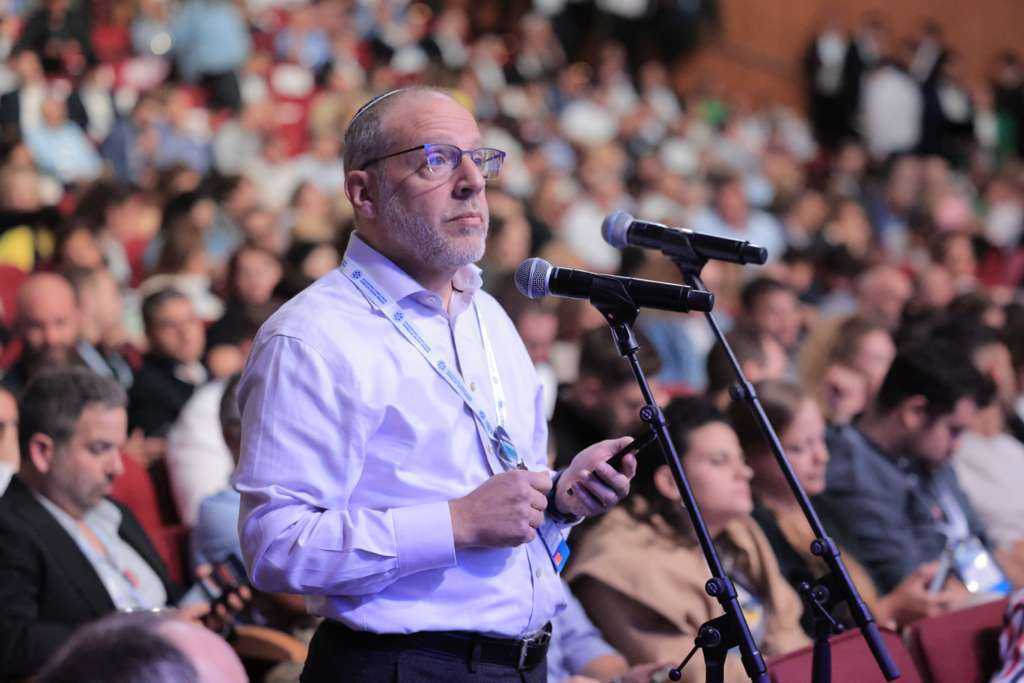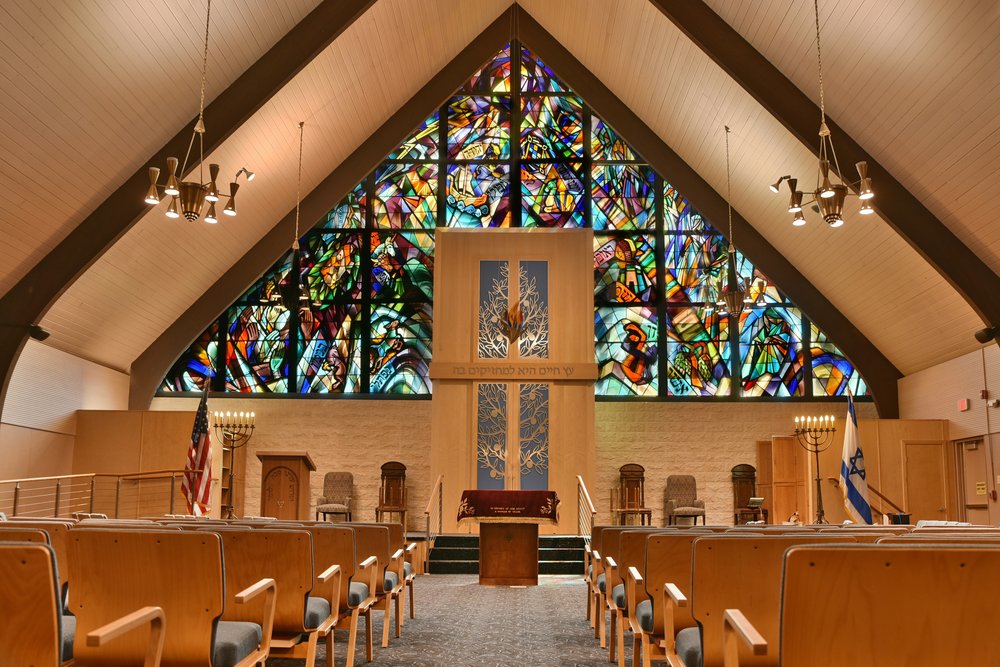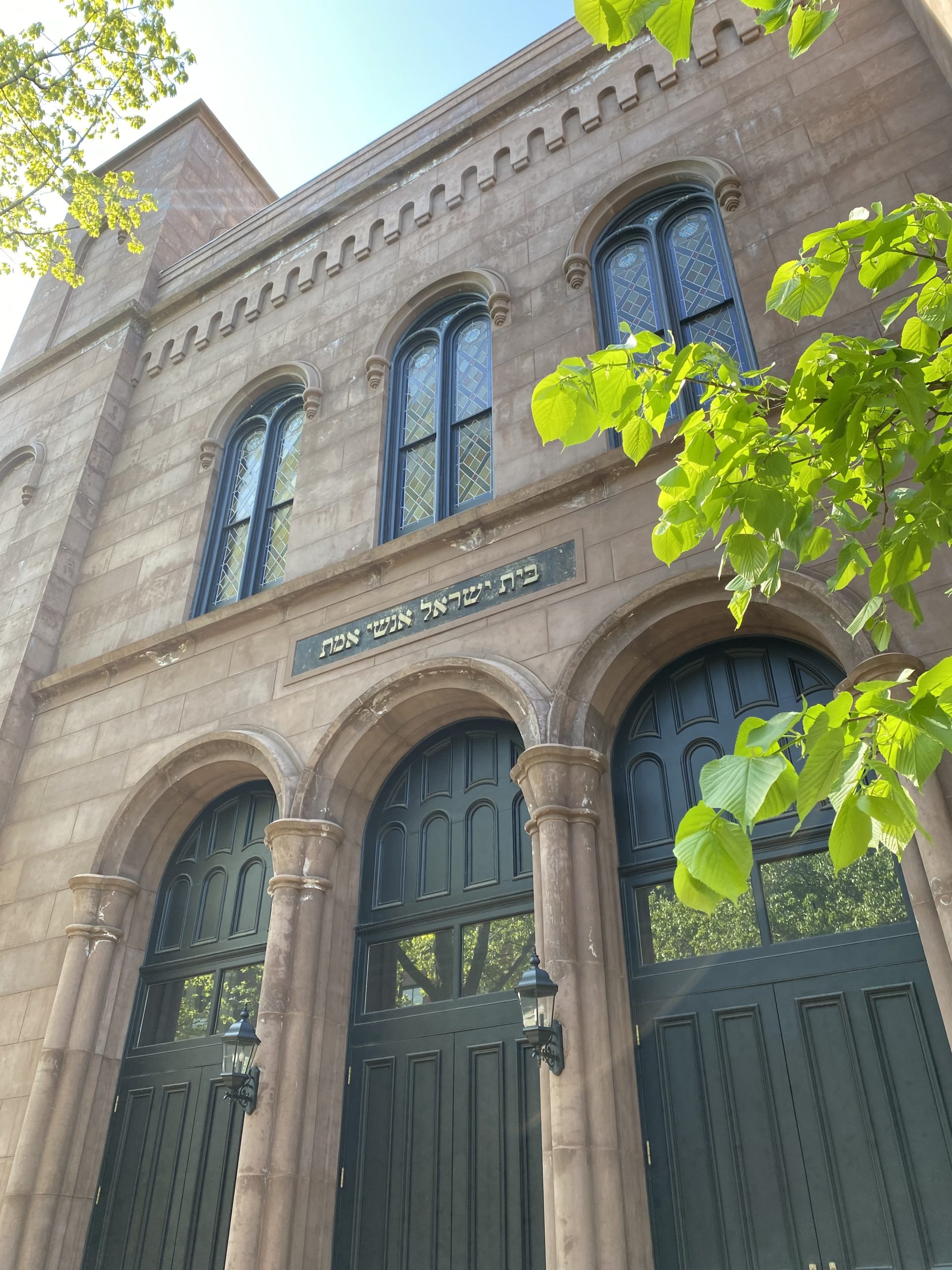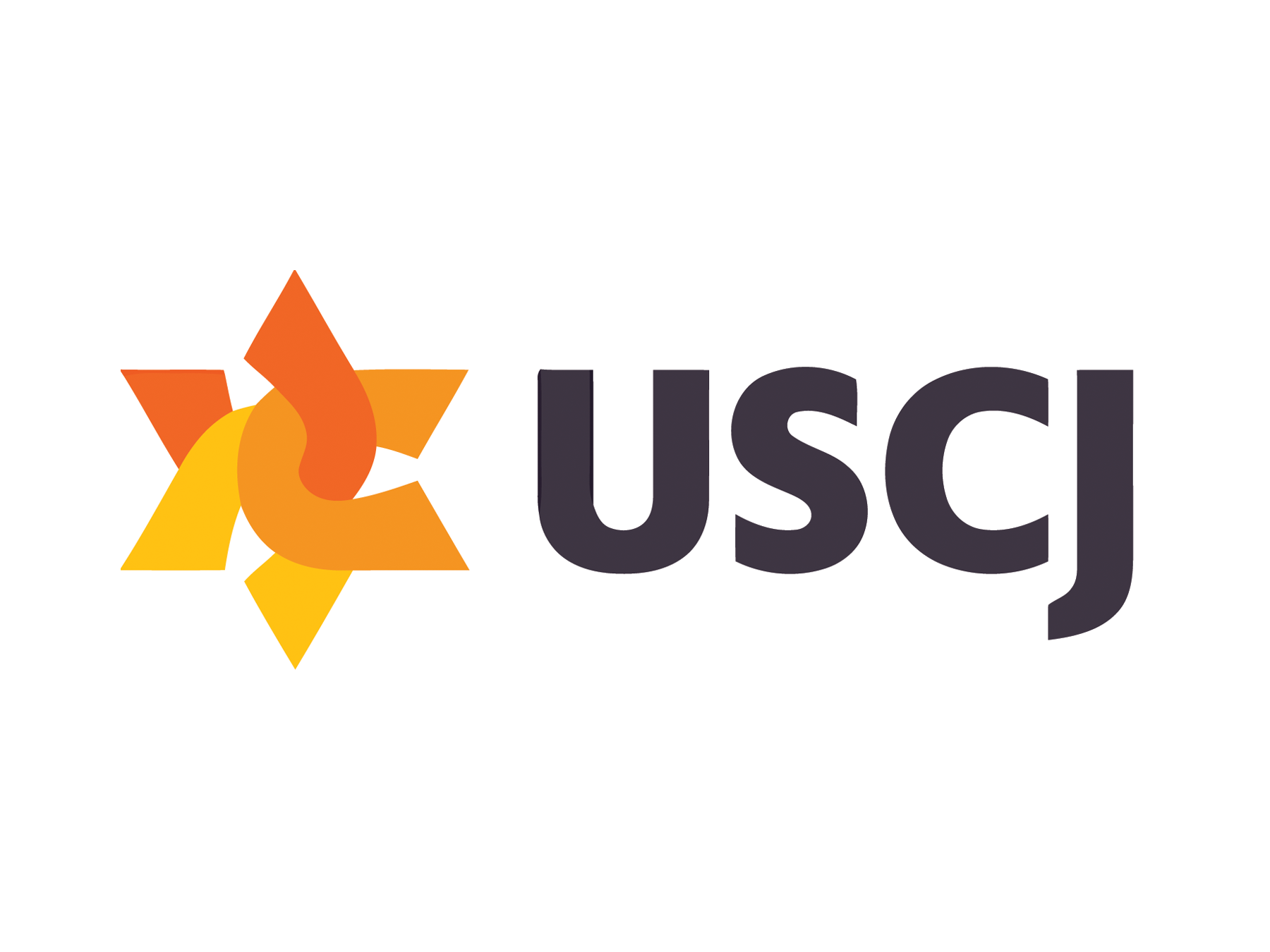
To better understand how synagogues in North America manage long-term financial sustainability, a recent survey gathered insights from 119 synagogue leaders and members. This survey aimed to better understand how North American synagogues foster long-term financial sustainability. The results are inspiring, showcasing the importance of endowments, the impact of legacy giving, and the ways these vibrant communities manage their resources.
Do Synagogues Have Endowments? An encouraging 77% of respondents reported that their synagogue has an endowment. This signals a strong awareness of the importance of long-term financial planning. A few synagogues reported having multiple endowment accounts dedicated to different budget categories. Within the remaining 23% without endowments, some synagogue leaders reported using alternative long-term savings and investment accounts that didn’t meet the threshold of an endowment.
Legacy Endowment Programs When asked about formal legacy or planned-giving endowment programs, 55% confirmed they have such a program (with varying degrees of success in promoting it), whereas 40% do not. A small 5% were unsure. This suggests that while many synagogues are on the right path, there is room for growth in structuring and promoting legacy giving initiatives.
Endowment Committees Nearly 60% of respondents said their synagogue has an endowment committee. However, more than a third (34%) do not, instead relying upon the finance committee or officers to make endowment decisions. About 6% were unsure of their synagogue’s committee structure.
Annual Use of Endowment Funds Among synagogues with endowments, 57% regularly allocate funds from the endowment to their operating budget. About 13% do not use their endowment for this purpose, and the remainder offered conditional or evolving approaches. Some only use funds in the event of a deficit, while others are still in the process of establishing their endowment or planning for future use. Several synagogue leaders reported restricting endowment funds to specific causes, such as capital improvements or religious school financial aid.
Who Took the Survey? Respondents came from synagogues of all sizes:
- 10% from smaller synagogues with fewer than 100 units
- 51% from congregations with 100–299 membership units
- 29% from those with 300–699 units
- 10% from larger synagogues (700+ membership units)
Final Thoughts This snapshot provides a valuable overview of how synagogues are approaching endowment planning. The high percentage of synagogues with endowments and organized giving programs is a promising sign. Yet, the insights also reveal opportunities to enhance governance and support smaller congregations. By bolstering these financial strategies, we can help secure a thriving and sustainable future for our Jewish communities.
If your synagogue is considering starting or expanding an endowment, think about forming a dedicated committee, engaging your lay leadership, and delving into legacy giving initiatives. The findings from this survey can inspire meaningful discussions and strategic planning for a bright future!









